Isolation and Population Changes
Flamingo is a long way from the nearest towns of Homestead and Florida City. From its earliest days as a pioneer community, many residents quickly came and went, due to the difficulties of isolation. Flamingo’s population was seldom more than a few dozen people. With the establishment of a post office in 1893, the residents suggested naming the place “End of The World,” but they eventually decided upon the more romantic sounding “Flamingo.” The construction of the Ingraham Highway from Florida City in 1922 was partially done to encourage more residents to come, but it had the opposite effect. When asked about the impact of the highway on Flamingo’s population, pioneer Louis Louden responded, “There were fewer people than ever at Flamingo. They had found a way to get out.”
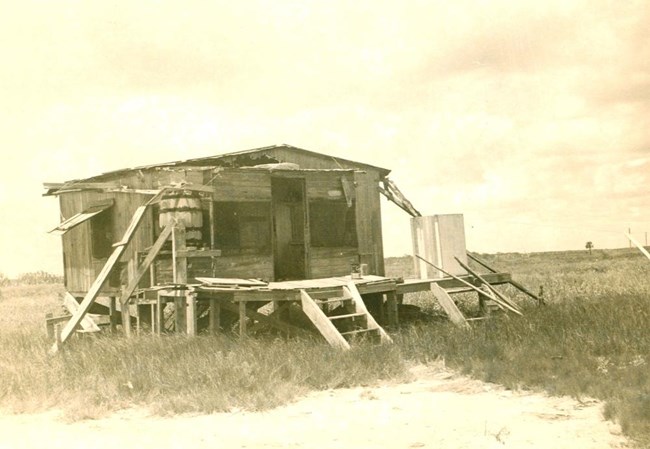
NPS photo (EVER 15014)
There is an old expression that is true for Flamingo residents for much of the year: "Water, water everywhere, but not a drop to drink." For six months of the year in South Florida--known as the dry season--rain averages only an inch or two a month and clean, fresh water is hard to come by. To survive in the area, residents a century ago devised tactics to collect and store water. Many families used rain barrels, as seen on both corners of the porch of this home, to collect and store rainwater for later use.
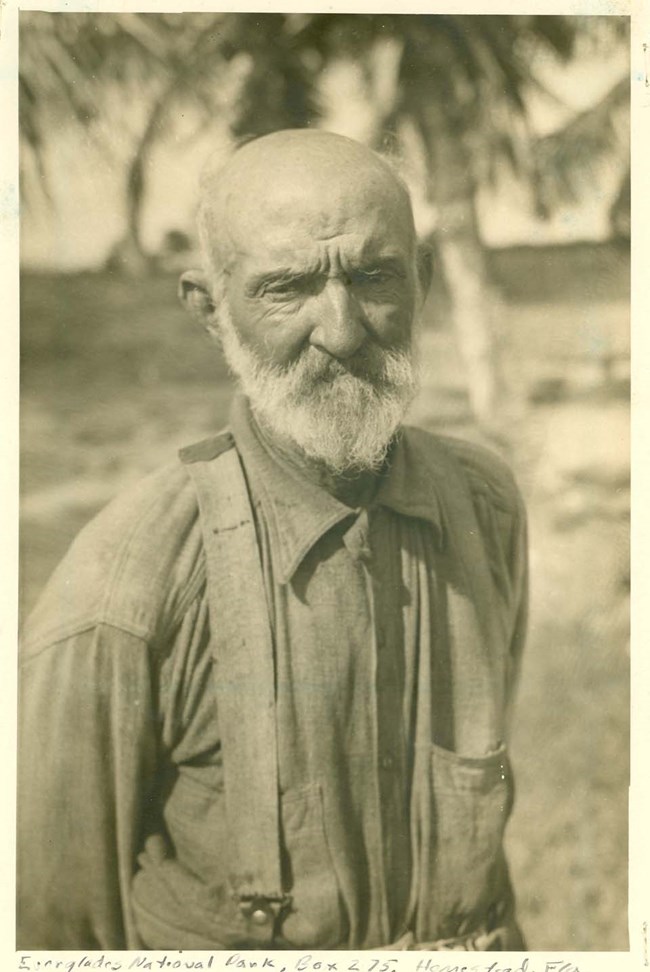
NPS photo (EVER 17856)
Every ten years the U.S. Census Bureau conducts a count of residents of the U.S. The census data for Flamingo reveal dramatic changes in the population of the area. Not only did the number of residents fluctuate, but their place of birth and occupations reveal the shifts from decade to decade in the types of people attracted to Flamingo.
1910 Census: The census taker recorded 12 households in the Flamingo-Cape Sable area in the spring of 1910. Two of those households were Black residents, while the others were White. Some of the White households included Black servants, so the total population of Flamingo was counted as 50, with 9 Blacks and 41 Whites. Males made up a large majority of the community (36) compared to females (14). And the ages of residents ranged from 1 to 78. In terms of occupation, most men were listed as farmers, while a handful were boatmen. Of the farmers, many were said to be growing cane, while others were farming vegetables. The boatmen were hauling freight. Nearby in Shark River, a tan bark factory employed about 20 workers.
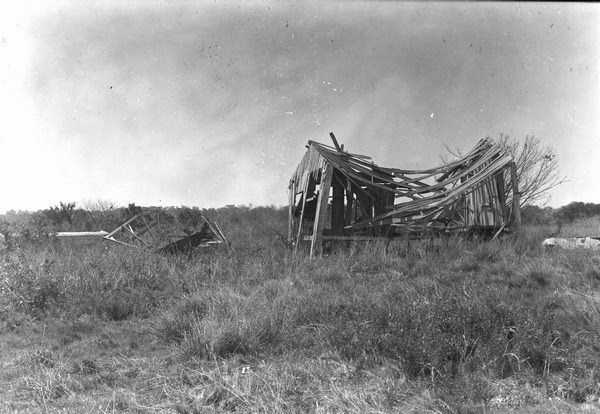
Florida Memory (SM2207, public domain)
1930 Census: On the days in June 1930 that the census taker recorded the residents, he noted a community much diminished from ten years before. Presumably the main cause of change was the Great Depression, which had taken hold. Now only 19 residents remained in Flamingo, and all of them were White. All also reported being native born, and almost all in Florida. Gone was the geographical and international diversity of decades past. For those still in the area, fishing was the only occupation recorded. The opportunities that had lured Black residents from the Bahamas and other islands was now apparently gone. Flamingo was a small, all-White remnant of its former self.
1940 Census: As war loomed, the opportunities in and around Flamingo apparently rebounded by the late 1930s. Residents now numbered 45; they populated 20 households. As in 1930, all were White, and they almost all fished for a living. And a bit more of the geographical diversity returned, with one resident reporting his birth country as Finland.
More details may be found in the census records presented in the photo gallery below.
What would drive so many people to give up and leave, and others to come in their place? Economic ups and downs are one reason. Undoubtedly, residents found other opportunities more desirable elsewhere. Pesky insects were one big problem (and still can be) at Flamingo and contributed to the overall harshness of life. Broader cultural, economic, and political forces were also at play during the Great Depression and World War II.
CHALLENGES OF LIVING IN FLAMINGO
-
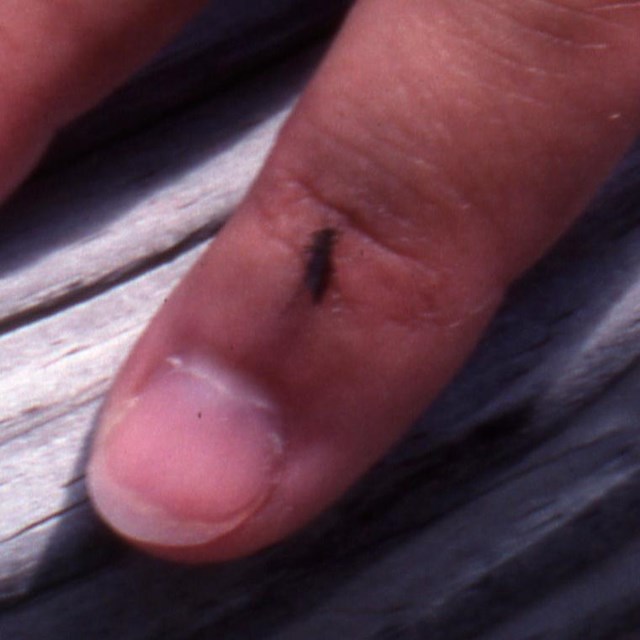 Mosquitoes
MosquitoesMosquitoes have plagued humans for as long as humans have tried to live along Florida Bay.
-
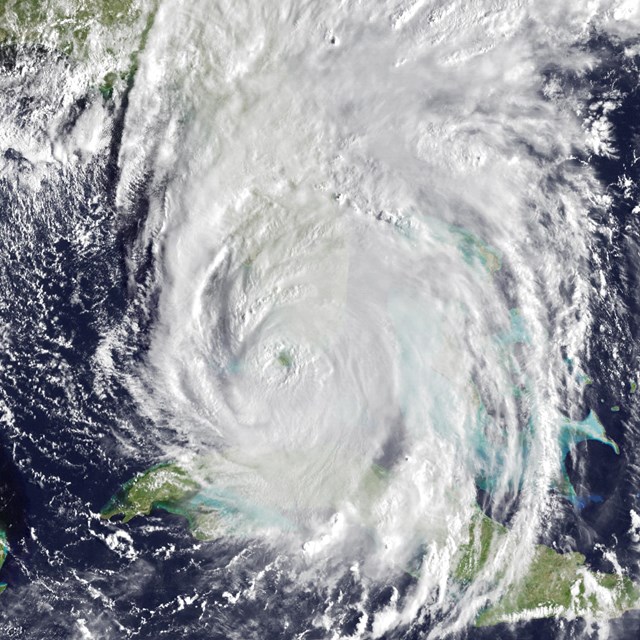 Tropical Weather
Tropical WeatherHurricanes sweep across South Florida, leaving trails of destruction.
-
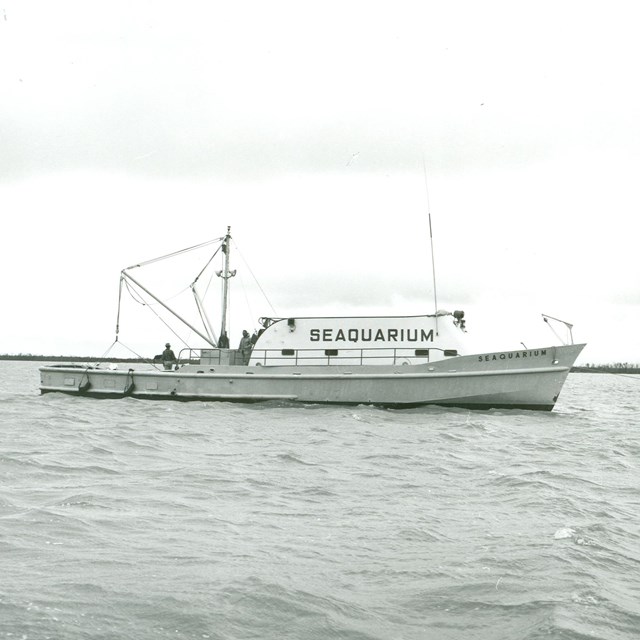 Making a Living
Making a LivingThe rich natural resources in Florida Bay lure people trying to make a living.
-
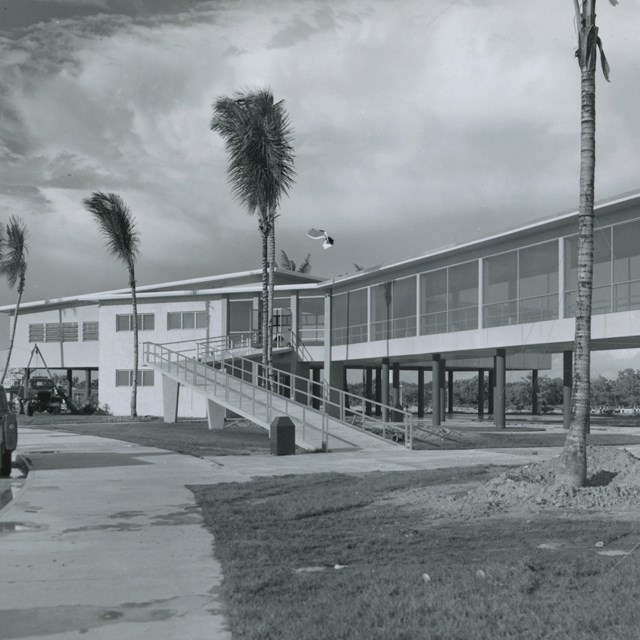 The NPS in Flamingo
The NPS in FlamingoThe National Park Service transforms life in Flamingo after Everglades National Park is dedicated in 1947.
Last updated: July 16, 2024
